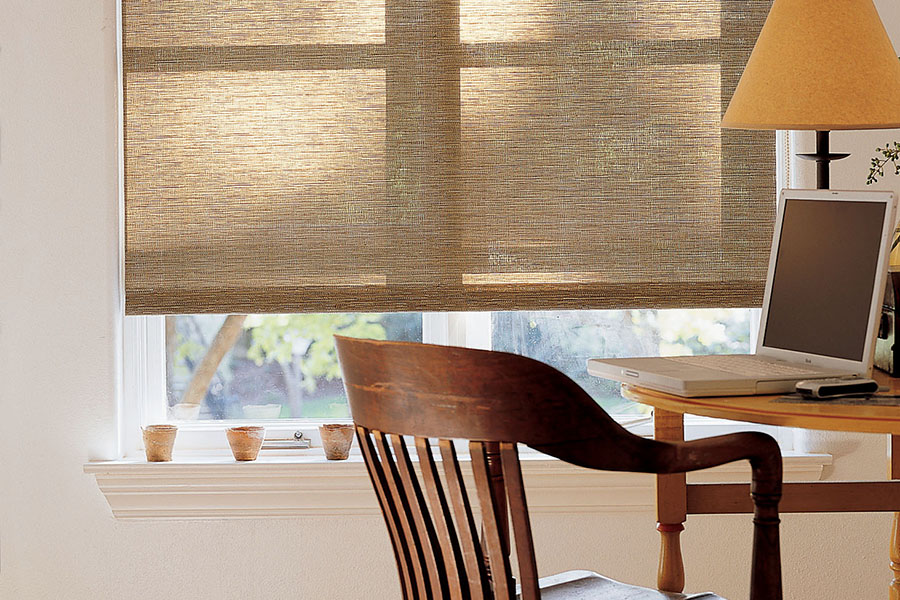Managing your home’s breathing

I plan to make a few efficiency improvements to my home and hire a contractor for the job. I would like a better understanding of how a home loses and gains heat so that I am not persuaded into unnecessary projects. Can you help? —Sheri W.
Your home is continuously reacting to the weather day and night, getting warmer or cooler, exchanging air in and out. You could say it breathes. As you consider home improvements for energy efficiency there are four things to keep in mind for heat gains and losses.
The most obvious problem is controlling the flow of outside air into or out of your home. Stopping air leaks (the infiltration of hot, humid air in summer, or cold air in winter) will make your living spaces more comfortable—and keep your air-conditioning and heating systems from running unnecessarily. Simple fixes include caulking and weatherstripping.
But there are other projects your contractor may recommend to solve other ways your home wastes energy. While the word “infiltration” describes air flow, the terms “heat gain” and “heat loss” involve temperature changes in your home’s materials. Your contractor may use the terms conduction (the direct movement of heat through solid materials), convection (the movement of air across surfaces), and radiation (the direct flow of heat without direct contact between two surfaces).
Ways to block heat flow
Your home’s insulation level affects heat loss or gain. Insulation with a higher R-value will help keep your home’s interior at the temperature you prefer for longer periods of time, which means your HVAC system will not cycle on as frequently.
One of the most common misconceptions about a home is that heat rises. Heat does not actually rise, but flows equally in all directions. What does rise is warm air because it is less dense than cool air. This is important to keep in mind when determining where, how much, and what types of insulation to use for various areas of your home. Warm air’s tendency to rise also affects the proper placement and the direction of the paddle blades of ceiling fans.
But increasing your home’s insulation is not the only choice you have. Your contractor may also recommend adding reflective foils or other barriers to prevent radiant heat gain or loss, installing new or better attic ventilation, adding window shades or other coverings, or even erecting an outdoor wind barrier such as a solid fence or line of evergreen shrubs.
Calculating energy savings
Before signing a contract for energy efficiency improvements, check with your local electric co-op to get an estimate of the amount of energy savings you can expect in your area and the effect it will have on your monthly bill. A co-op energy advisor can also help you figure out your project’s “payback time,” when energy savings exceed the money spent up front to make improvements.
James Dulley from the September 2015 issue.

